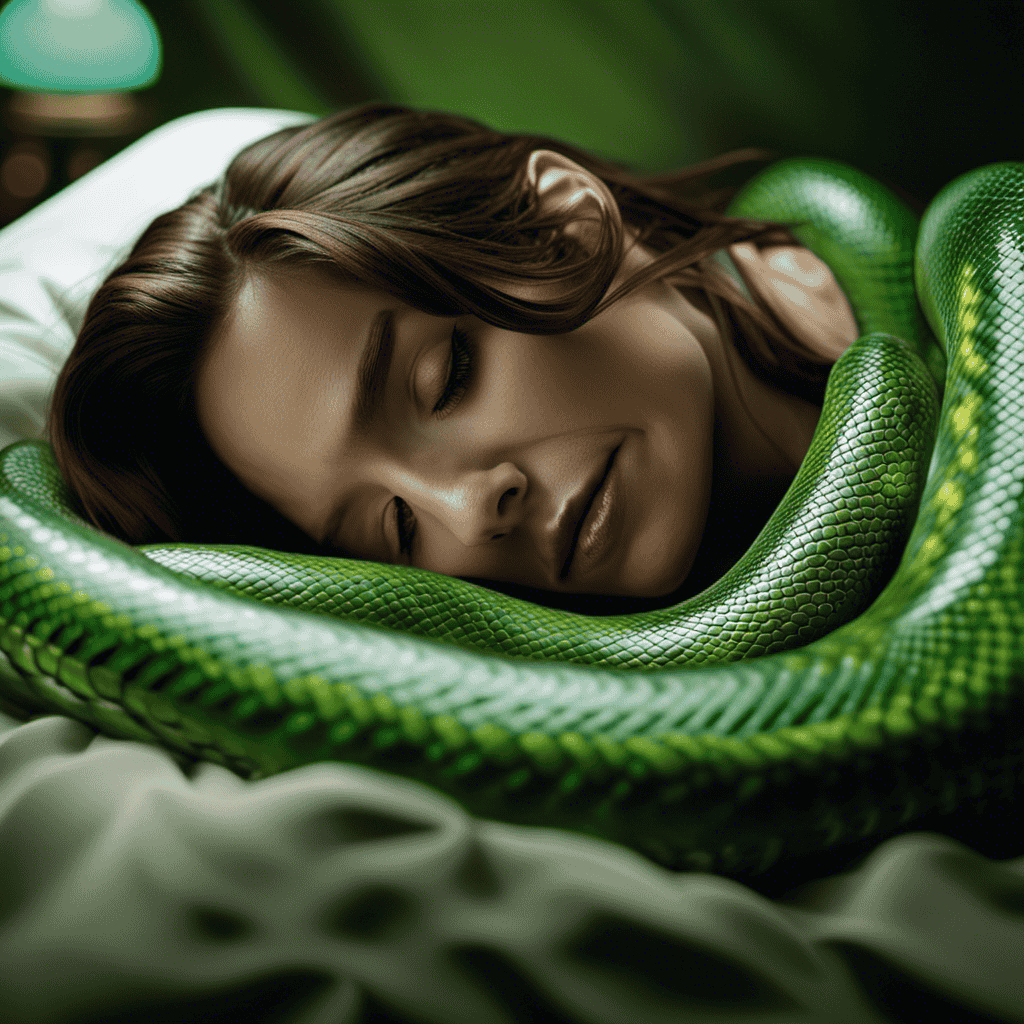Dreams in vivid color suggest you experience strong emotions and heightened awareness, while black-and-white dreams often reflect subdued feelings, nostalgia, or emotional repression. Colors can symbolize complex emotions, like passion or calmness, giving insights into your subconscious mind. On the other hand, black-and-white scenes highlight themes of longing or unresolved issues. Exploring these differences can reveal deeper emotional messages—if you’re curious, you’ll discover even more significance behind your dreams.
Key Takeaways
- Color dreams indicate richer emotional experiences, while black-and-white dreams suggest subdued or repressed feelings.
- Bright colors symbolize positive emotions or heightened awareness, whereas black-and-white scenes evoke nostalgia or emotional detachment.
- Black-and-white dreams often emphasize symbolism and themes over emotional intensity, highlighting unresolved issues.
- Color dreams reflect complex emotions like passion or happiness, while black-and-white dreams may signal longing or confusion.
- Recognizing the difference helps interpret subconscious messages, with colors revealing emotional depth and black-and-white scenes indicating clarity or emotional suppression.

Dreams often come in vivid color or stark black-and-white, and each type can reveal different aspects of your subconscious. When you wake up, you might notice that some dreams are bursting with hue, while others are tinged with shades of gray. These differences aren’t just about aesthetics; they carry meaningful insights into your mind’s hidden messages. Color dreams generally suggest a richer emotional experience, often linked to positive feelings or heightened awareness. Conversely, black-and-white dreams can indicate a more subdued emotional state or a sense of detachment from your feelings. Understanding this distinction can help you interpret what your subconscious is trying to tell you.
Color dreams reveal rich emotions; black-and-white dreams reflect subdued feelings or emotional detachment.
Color in dreams is often associated with powerful symbolism, especially emotional symbolism. For example, red might symbolize passion, anger, or urgency, while blue can represent calmness, clarity, or sadness. When you dream in color, it’s like your mind is using a vivid palette to communicate complex emotions or important themes. These colors act as symbols, giving you clues about your emotional landscape. If you see yellow, it might point to happiness or anxiety, depending on the context. The use of color enhances the emotional symbolism of your dreams, allowing you to grasp deeper feelings that might be harder to recognize in waking life. By paying attention to these hues and their meanings, you can better understand your emotional responses, desires, or fears that are surfacing during sleep.
Black-and-white dreams, on the other hand, tend to emphasize symbolism over emotion. They often evoke a sense of nostalgia, simplicity, or even eeriness. Without the distraction of color, your mind may focus more on the narrative, themes, or symbols within the dream. For instance, a black-and-white scene might highlight feelings of nostalgia or longing, or it could suggest a sense of unease or detachment. These dreams often symbolize a desire to return to simpler times or a need to process unresolved issues. The lack of color can also serve as a metaphor for emotional suppression or repression, making you more aware of the core message without the embellishment of vibrant hues. Recognizing the emotional symbolism behind black-and-white dreams helps you interpret whether you’re experiencing feelings of loss, confusion, or a need for clarity. Additionally, understanding the psychological significance of dream colors and themes can deepen your insight into your subconscious mind’s messages.
Frequently Asked Questions
Can Dream Colors Change Over a Person’S Lifetime?
You might notice your dream colors change over time, reflecting shifts in your color perception and emotional state. As you experience new life events, your dream symbolism evolves, incorporating different hues that hold personal meaning. These changes can reveal your subconscious growth or altered perspectives. So yes, your dream colors can shift throughout your life, offering insight into your inner world and how your perception of color influences your dreams.
Do Cultural Differences Influence Dream Color Significance?
Think of dreams as a tapestry woven with cultural threads. Your cultural symbolism and regional perceptions shape how you interpret dream colors. In some cultures, vibrant hues symbolize life and vigor, while in others, black-and-white dreams reflect nostalgia or spiritual messages. These cultural differences influence the significance you assign to dream colors, making each person’s dream landscape uniquely colored by their background and beliefs.
Are There Specific Colors Linked to Particular Emotions in Dreams?
You might notice certain colors in your dreams are linked to specific emotions through symbolic color meanings. For example, red often signifies passion or anger, while blue can represent calmness or sadness. These emotional color associations help you interpret your dreams more deeply, revealing your subconscious feelings. Recognizing these patterns allows you to understand your emotional state better, as your mind uses colors to communicate complex emotions symbolically.
How Do Vivid Dreams Relate to Psychological Well-Being?
Ever wonder if your vivid dreams are a secret message about your mental health? Well, they might be! When you experience high dream recall and emotional intensity, it could indicate your subconscious is working overtime, reflecting your psychological well-being. Vivid dreams often signal heightened emotions or stress, so pay attention—your mind’s trying to tell you something important about your emotional state. Don’t ignore those nightly movie marathons!
Can Dreaming in Color Indicate Creativity or Imagination Levels?
Dreaming in color can suggest you’re more open to creative ideas, as color symbolism often reflects emotional depth and imagination. Dream symbolism shows that vibrant dreams might indicate higher creativity or imagination levels. If you frequently experience vivid, colorful dreams, it could mean your mind is actively exploring new ideas and expressing emotions creatively. Pay attention to these dreams, as they often mirror your subconscious thoughts and imaginative potential.
Conclusion
So, next time you wake up from a dream, remember—whether it’s bursting with vibrant hues or cloaked in shadows, each color tells a story. Color dreams light up your subconscious like a sunrise, while black-and-white dreams whisper secrets from a bygone era. Your mind is a canvas, and every dream, in its own shade, paints a picture of your inner world. Embrace the palette—your dreams are your unique masterpiece.









